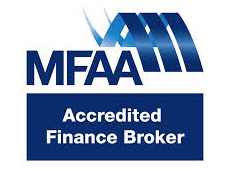Self-managed
Super Fund
If you want to have complete control over your super, a self-managed super fund may be the way to go.
We will find the right solution for you
There is a small niche of lenders who specialise in SMSF property lending and we maintain positive, longstanding relationships with many of them as part of our lender network. Don’t spend valuable time chasing down and comparing lenders who may not be able to assist you.
Take Charge

Benefits & risk
With a Self-Managed Super Fund (SMSF), you gain direct control over where and how your super is invested, offering you a broad array of investment choices. Additionally, your SMSF provides the opportunity to make larger investments by leveraging both the cash in your fund and borrowing to acquire assets such as shares and property.
Running your own Self-Managed Super Fund (SMSF) comes with strict legal obligations and potential penalties for non-compliance. Setting up an SMSF requires significant time and financial investment, both for its establishment and for managing its day-to-day operations. As a trustee, you are responsible for making informed investment decisions.

Frequently asked questions
An SMSF, or Self-Managed Super Fund, is a private superannuation fund that you oversee personally. You have control over investment choices, insurance options, and the overall management of the fund, including handling all administrative tasks. To set up an SMSF, you need to create a trust with 1 to 6 members, making it a popular choice for individuals or families. All members act as trustees or directors, taking on active roles in making investment decisions and ensuring compliance with superannuation and tax laws. The primary purpose of an SMSF is to provide retirement benefits for its members.
You need to have the time and skills to manage your SMSF, and there are ongoing running costs. You’ll also need to make investment decisions for the SMSF, including formulating an investment strategy that you review regularly. You’ll need to understand the restrictions on the investments an SMSF can make.

